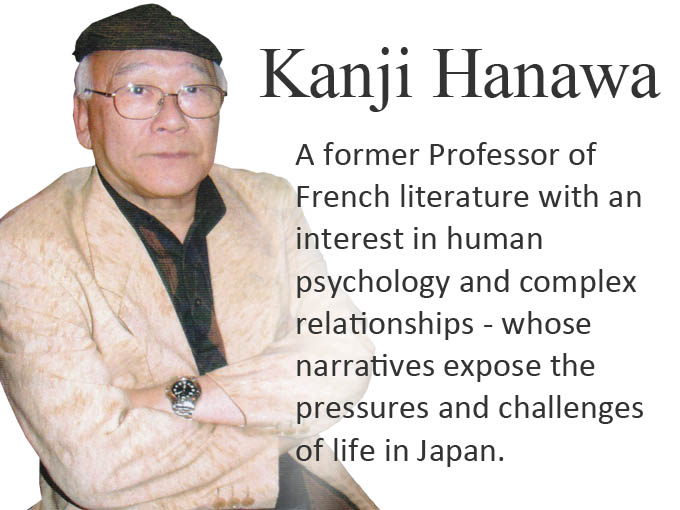David Bowie’s favourite novel by Yukio Mishima, an author he was fascinated by, was The Sailor Who Fell from Grace from the Sea[UPDATED: 2-28-2018]
It is well known that David Bowie (1947-2016), the British singer songwriter and actor, was a fan of the Japanese author Yukio Mishima (1925-1970). He painted his portrait, included his name in the lyrics of at least one of his songs; and Yukio Mishima was one of only two Japanese writers included in Bowie’s list of his favourite 100 books, alongside Tadanori Yokoo, the artist and graphic designer sometimes described as Japan’s Andy Warhol.
Mishima’s novel The Sailor Who Fell from Grace from the Sea (午後の曳航), published in 1963, was Bowie’s favourite. It tells the tale of a band of delinquent boys in a Yokohama suburb; who reject the adult world “as illusory, hypocritical and sentimental”, and train themselves in “a brutal callousness they call objectivity.” When the Westernised mother of one of them begins an affair with a ship’s officer, Ryuji, the friends initially idealize the sailor; but subsequently decide that he is in fact soft and romantic, a betrayal that requires a violent response.
The novel was made into a film, directed by Lewis John Carlino in 1979 after Mishima, who was no doubt the most famous Japanese man of his generation internationally and perhaps the most famous that had ever lived at that point in time, committed suicide in a highly stage-managed public manner, instantly making him notorious worldwide.
Mishima’s novel The Sailor Who Fell from Grace from the Sea (午後の曳航), published in 1963, was Bowie’s favourite. It tells the tale of a band of delinquent boys in a Yokohama suburb; who reject the adult world “as illusory, hypocritical and sentimental”, and train themselves in “a brutal callousness they call objectivity.” When the Westernised mother of one of them begins an affair with a ship’s officer, Ryuji, the friends initially idealize the sailor; but subsequently decide that he is in fact soft and romantic, a betrayal that requires a violent response.
The novel was made into a film, directed by Lewis John Carlino in 1979 after Mishima, who was no doubt the most famous Japanese man of his generation internationally and perhaps the most famous that had ever lived at that point in time, committed suicide in a highly stage-managed public manner, instantly making him notorious worldwide.

